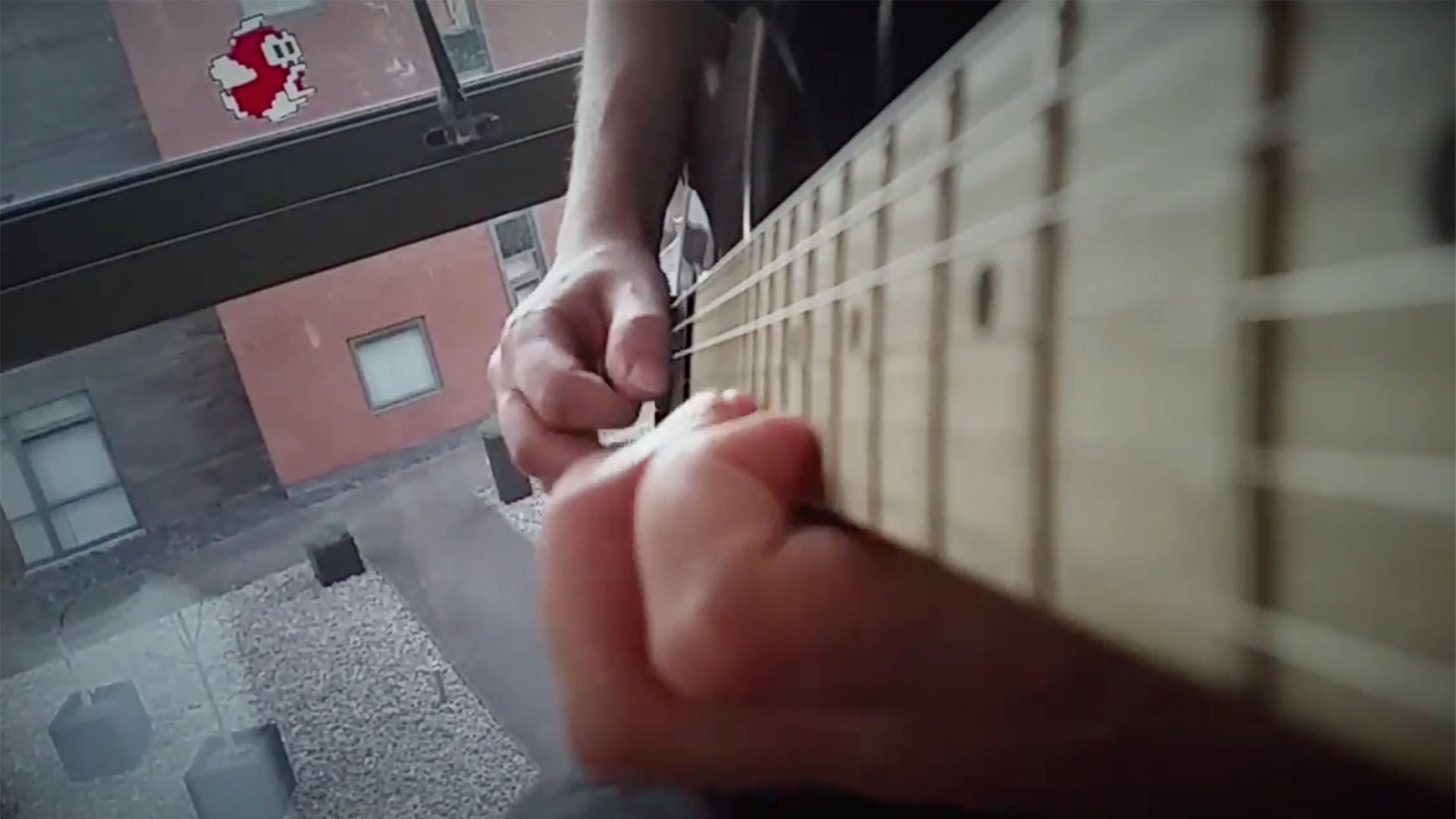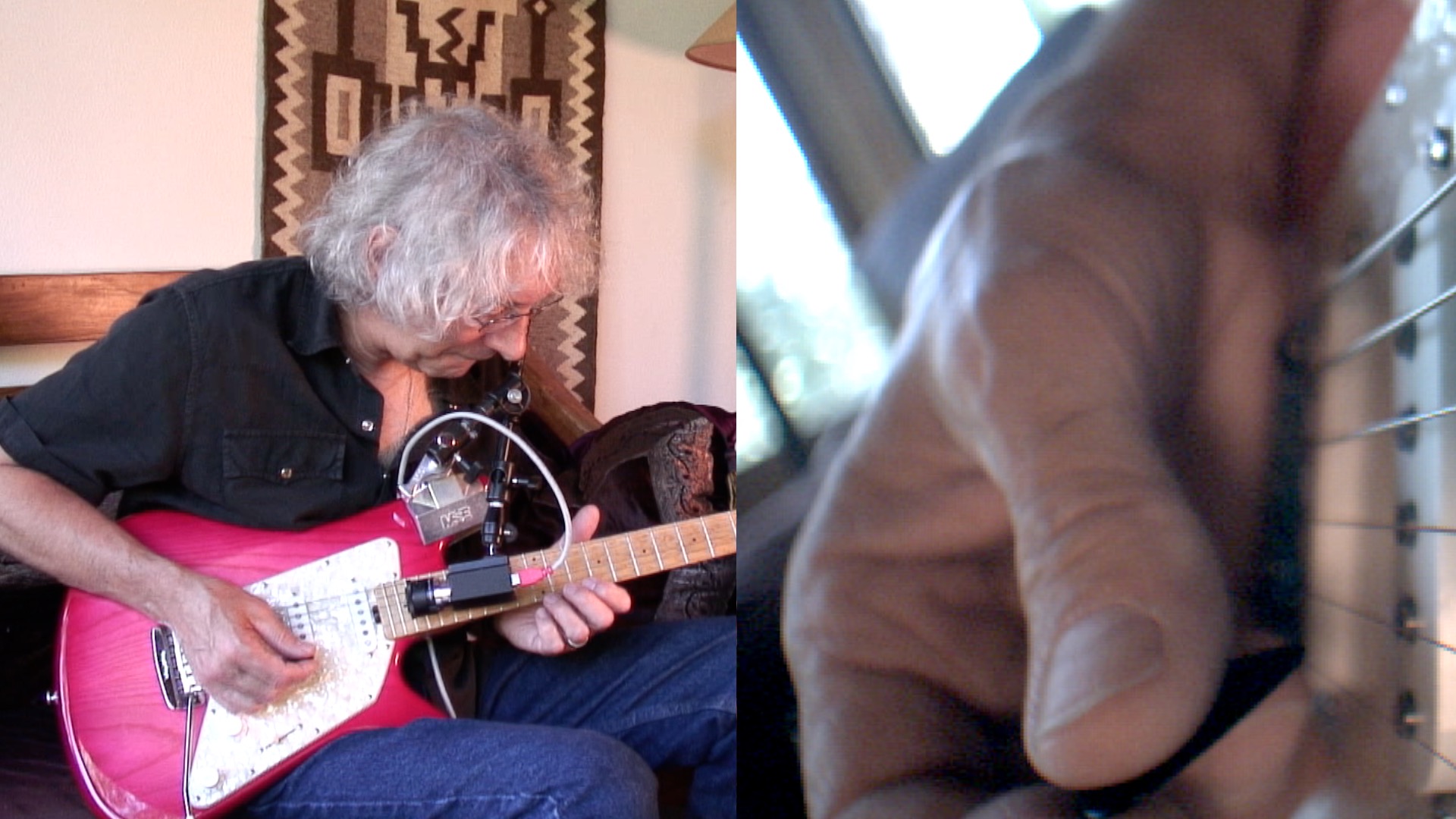Man, it’s rough out there right now! There’s a lot going on in this country, and we at Cracking the Code wanted to do something to help in whatever small way that we can.
On the one hand, we’re facing a viral invader that simply won’t take no for an answer, and on the other, the spectre of systemic racism that we still struggle to vanquish. Both have impacted our country in significantly real and material ways. The virus in particular has delivered a one-two punch in poorer communities, and specifically communities of color, where long-standing economic disparity has made worse health outcomes an unfortunate reality and an especially impossible challenge this year in particular.
So we decided to see if we can get some cash into the hands of COVID-affected families, and also families of color who need it most right now, especially since these two groups often overlap in poorer urban areas. So for the week starting on Juneteenth, or Friday June 19th, we’ll be donating all revenue from our store to GiveDirectly, a very cool online platform that facilitates electronic cash payments directly to needy individuals.
Read More









